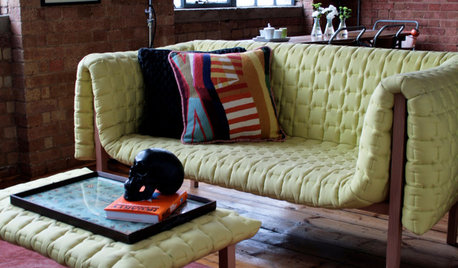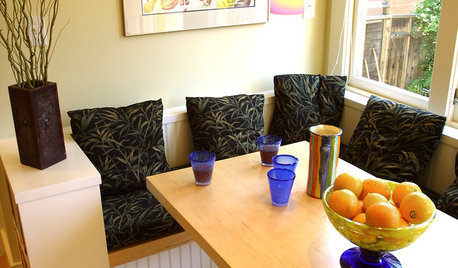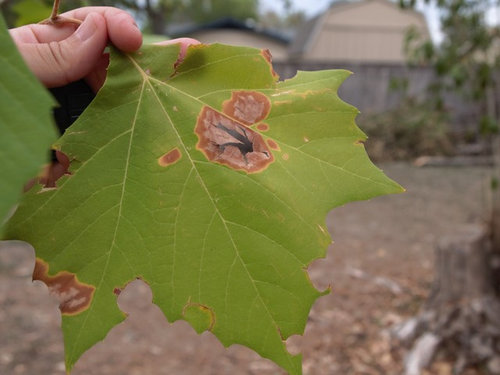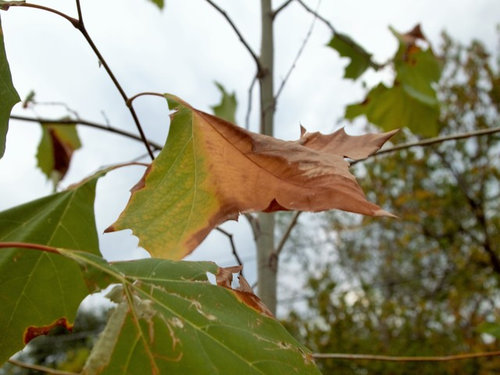Please help - maple sapling
here2learn (Zone 8 TX)
8 years ago
Featured Answer
Sort by:Oldest
Comments (9)
gardengal48 (PNW Z8/9)
8 years agoRelated Professionals
Allentown Landscape Architects & Landscape Designers · Southfield Landscape Architects & Landscape Designers · Billerica Landscape Contractors · Biloxi Landscape Contractors · Cordele Landscape Contractors · Federal Way Landscape Contractors · Quincy Landscape Contractors · San Bruno Landscape Contractors · The Villages Landscape Contractors · Kingsburg Landscape Contractors · Bothell Fence Contractors · Oxnard Fence Contractors · Pacifica Fence Contractors · Verona Fence Contractors · Wilmette Fence Contractorshere2learn (Zone 8 TX)
8 years agoHuggorm
8 years agoMike McGarvey
8 years agogardengal48 (PNW Z8/9)
8 years agoHuggorm
8 years agolast modified: 8 years agoMike McGarvey
8 years agohere2learn (Zone 8 TX)
8 years ago
Related Stories

WINTER GARDENINGHow to Help Your Trees Weather a Storm
Seeing trees safely through winter storms means choosing the right species, siting them carefully and paying attention during the tempests
Full Story
SUMMER GARDENINGHouzz Call: Please Show Us Your Summer Garden!
Share pictures of your home and yard this summer — we’d love to feature them in an upcoming story
Full Story
DECORATING GUIDESPlease Touch: Texture Makes Rooms Spring to Life
Great design stimulates all the senses, including touch. Check out these great uses of texture, then let your fingers do the walking
Full Story
EXTERIORSHelp! What Color Should I Paint My House Exterior?
Real homeowners get real help in choosing paint palettes. Bonus: 3 tips for everyone on picking exterior colors
Full Story
MOST POPULAR7 Ways to Design Your Kitchen to Help You Lose Weight
In his new book, Slim by Design, eating-behavior expert Brian Wansink shows us how to get our kitchens working better
Full Story
SELLING YOUR HOUSEHelp for Selling Your Home Faster — and Maybe for More
Prep your home properly before you put it on the market. Learn what tasks are worth the money and the best pros for the jobs
Full Story
COLORPaint-Picking Help and Secrets From a Color Expert
Advice for wall and trim colors, what to always do before committing and the one paint feature you should completely ignore
Full Story
UNIVERSAL DESIGNMy Houzz: Universal Design Helps an 8-Year-Old Feel at Home
An innovative sensory room, wide doors and hallways, and other thoughtful design moves make this Canadian home work for the whole family
Full Story
GARDENING GUIDES8 Unthirsty Plants Help You Save Water in Style
Spend less effort and money on your landscape with drought-tolerant and native plants that liven up your yard
Full Story
MATERIALSWoodipedia: Maple Is a Marvel Around the House
A heavy hardwood with lots of potential, maple appeals to modern sensibilities and won't break your budget
Full StorySponsored
More Discussions










Huggorm